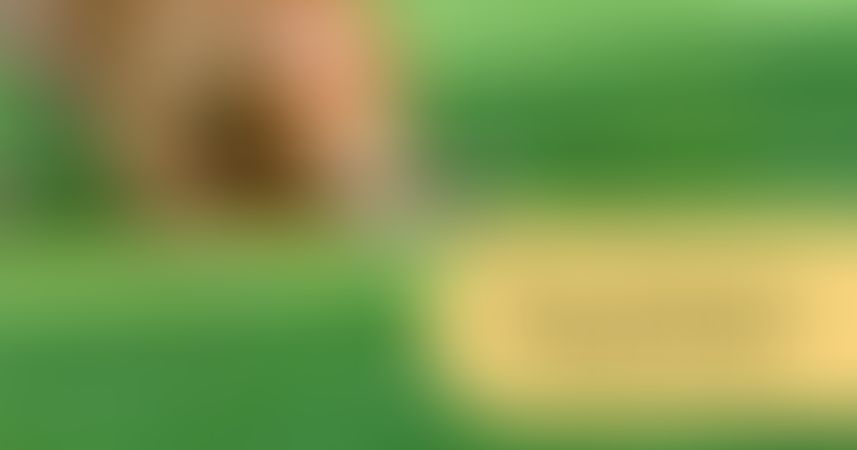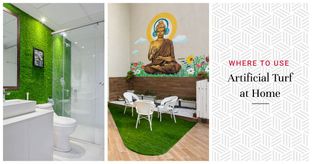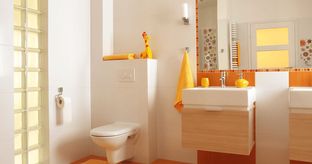With artificial grass, you no longer need to fertilize, mow, reseed or waste tonnes of water to have a lush, green lawn outside your home. All it requires is a simple maintenance schedule. Check out the seven tips below to keep your lawn looking good as new for years to come:
Artificial Lawn Cleaning #1: Brush For Natural Look
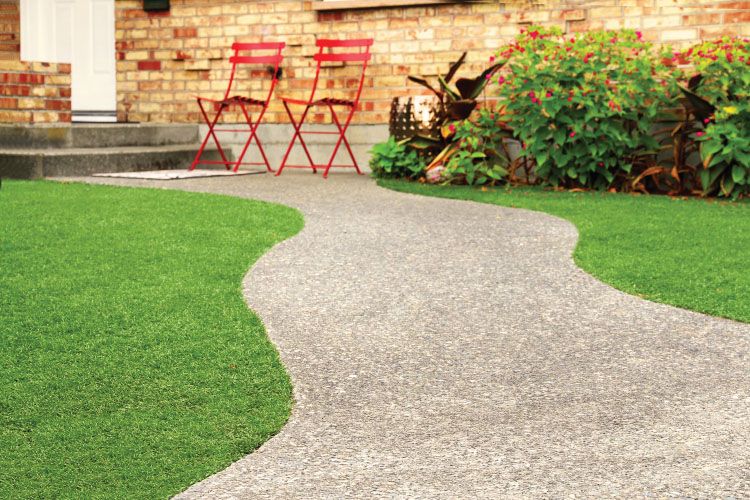
When artificial lawns are newly installed, a sand infill helps structure and even out the turf. It usually takes about 6-8 weeks for it to settle, post which your artificial lawn would require minimal maintenance. It is crucial that you lightly brush the artificial grass in this initial period.
Brushing in different directions helps keep the artificial grass looking upright and bouncy like its natural counterparts. Covering a large area might be impossible in one go, therefore frequently brush areas that see more foot traffic.
Do this once every month and use a brush with synthetic bristles instead of metal ones, as it is gentle on the grass. If you want to amp up the natural look, use fabric softeners to lessen the static build-up.
Artificial Lawn Cleaning #2: Dust & Stain Removal
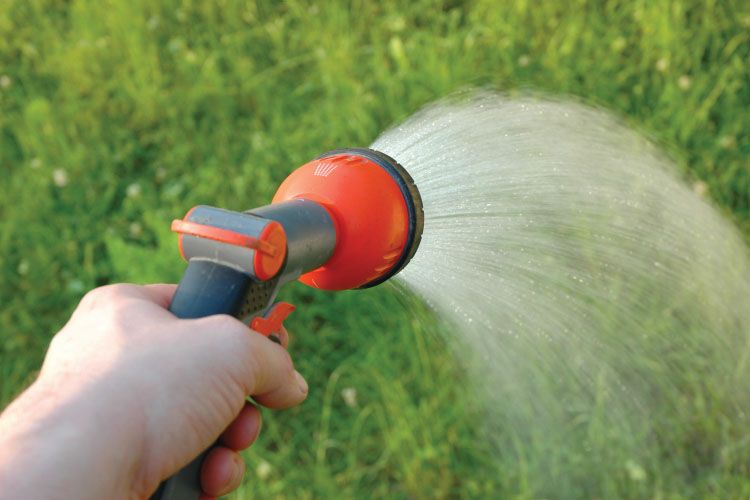
Rainfall is the best cleanser for your artificial grass lawn. But if you stay in a place that receives less rainfall, a quick spray with a hose now and then will remove accumulated dust. It can also help do away with organic matter that has dried and hardened.
You could also resort to a water and detergent mix, and spray it on the lawn or mop the affected area. This cleaning method is best for treating stains caused by coffee, tea, alcohol, fruit juices, urine, blood, etc. However, avoid harsh chemicals as they might react with the artificial grass.
From time to time, you might have to deal with heavier stains like grease, sunscreen, etc. Don’t worry. Your synthetic lawn is mostly resistant to staining. You can easily remove these with mineral spirits.
Artificial Lawn Cleaning #3: Keep It Odourless
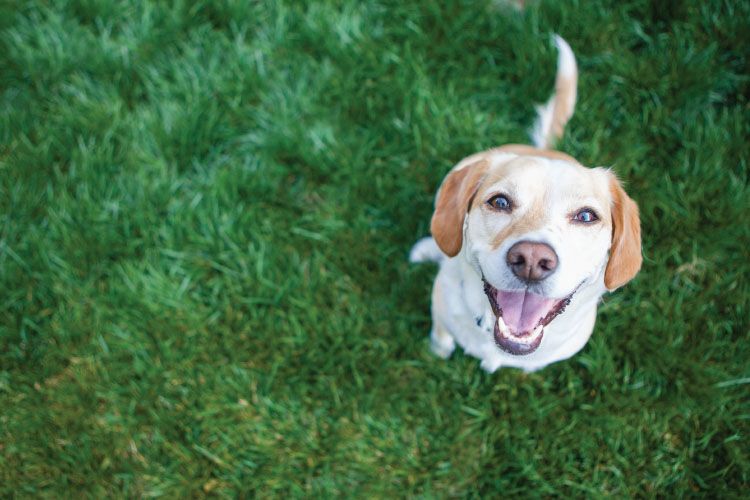
Even if you tend to a stain instantly, bad odour tends to linger in your lawn,especially if you have pets. Another common mistake people make is host barbecues on the lawn. This is bound to leave cooking oil and food bits all over the place.
Use an enzyme cleaner to deal with the stink of pet urine and excrement. Alternatively, mix vinegar with an equal amount of water to remove the stench.
Artificial Lawn Cleaning #4: Look Out For Weeds
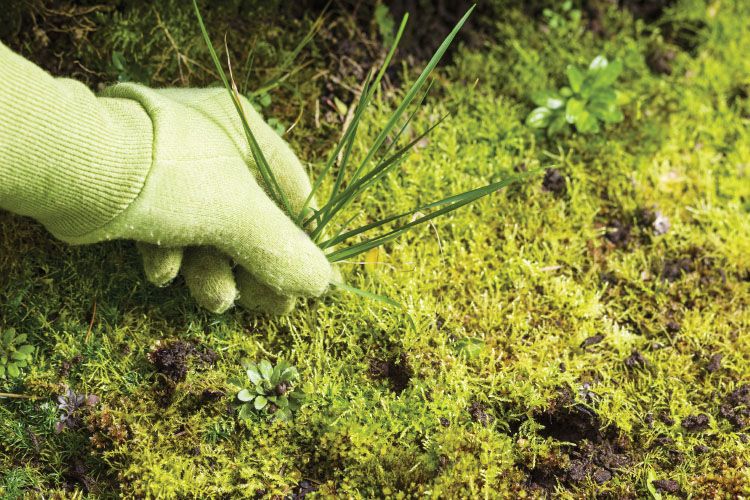
If you only find a few weeds in your lawn, pull them out rather than resorting to weedicides. Weeds tend to grow in artificial lawns over organic materials that have broken down such as leaves, dead bugs, faeces, etc. Do away with these, and you will minimize the occurrence of weeds.
However, use weedicides in your artificial lawn once every six months to keep it in prime condition. Make sure it’s not too potent as it can destroy the synthetic fibres.
Artificial Lawn Cleaning #5: Treatment For Bacteria & Mould
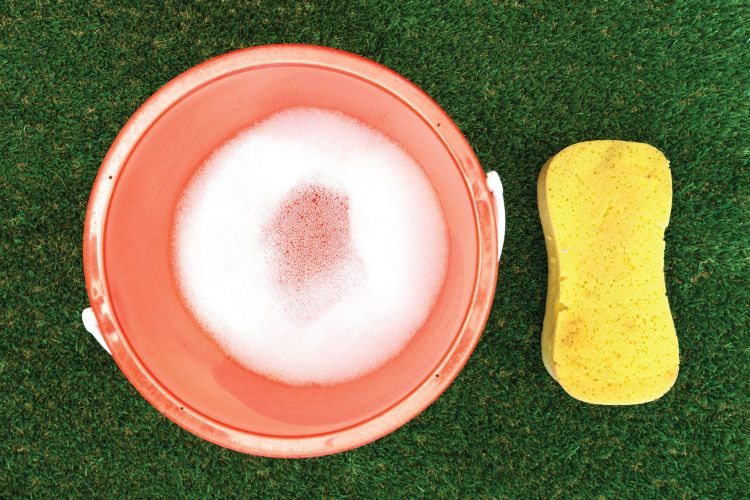
Coloured spots usually mean mould is forming in your artificial grass. Treat this with hydrogen peroxide, and clean with water immediately to prevent chemical damage.
Bacteria tends to grow in the spot where your pet frequently urinates. Use a mixture of vinegar and water to treat it. If you wish to treat the whole lawn, then spray the mixture evenly using your garden hose.
Artificial Lawn Cleaning #6: Keep Equipment Handy

We have already stressed on the need to keep your artificial grass free from organic buildup. So always keep these types of equipment handy – hose, leaf blower, rake, brush – to clear the place of fallen leaves and dirt.
You could also use a pair of shears to trim hedges and overhanging branches.
Artificial Lawn Cleaning #7: Maintain Cleaning Frequency
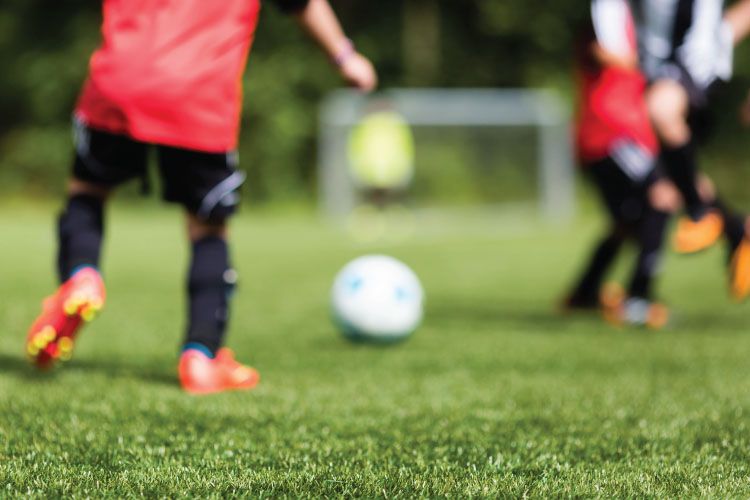
Apart from cleaning stains instantly, tending to your artificial grass twice a month is more than enough. If you have kids and pets at home, you might have to do it more often. The same applies if your artificial lawn receives a high level of use from playing sports.
Artificial grass needs a lot less care than natural grass. These simple tips will help it look fresh for years to come, making it an inviting space to step outdoors, and relax and unwind.
Wondering where else you can use artificial turf in your home? Check out 8 Unique Ideas to Use Artificial Turf.
Send in your comments and suggestions.
